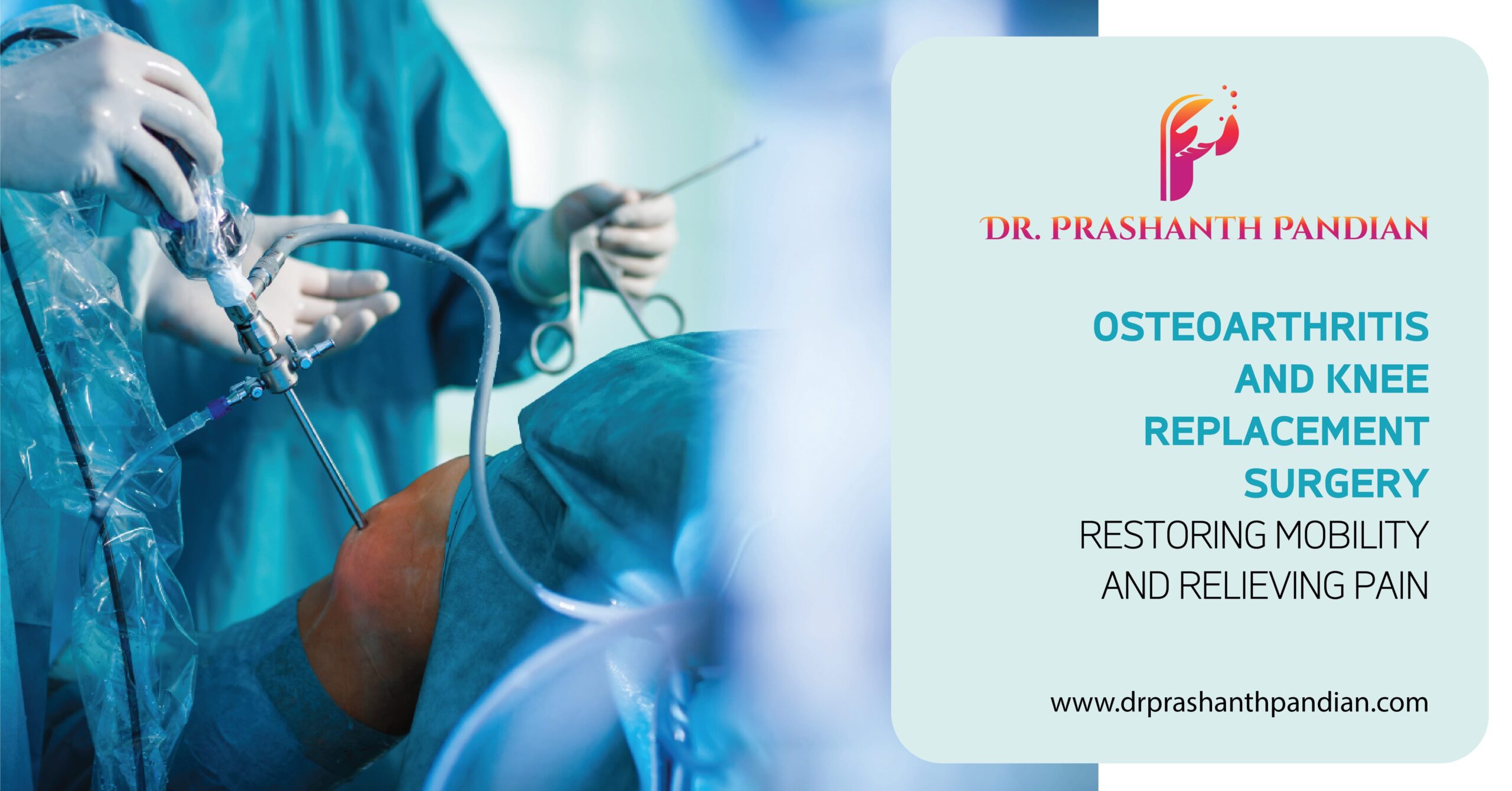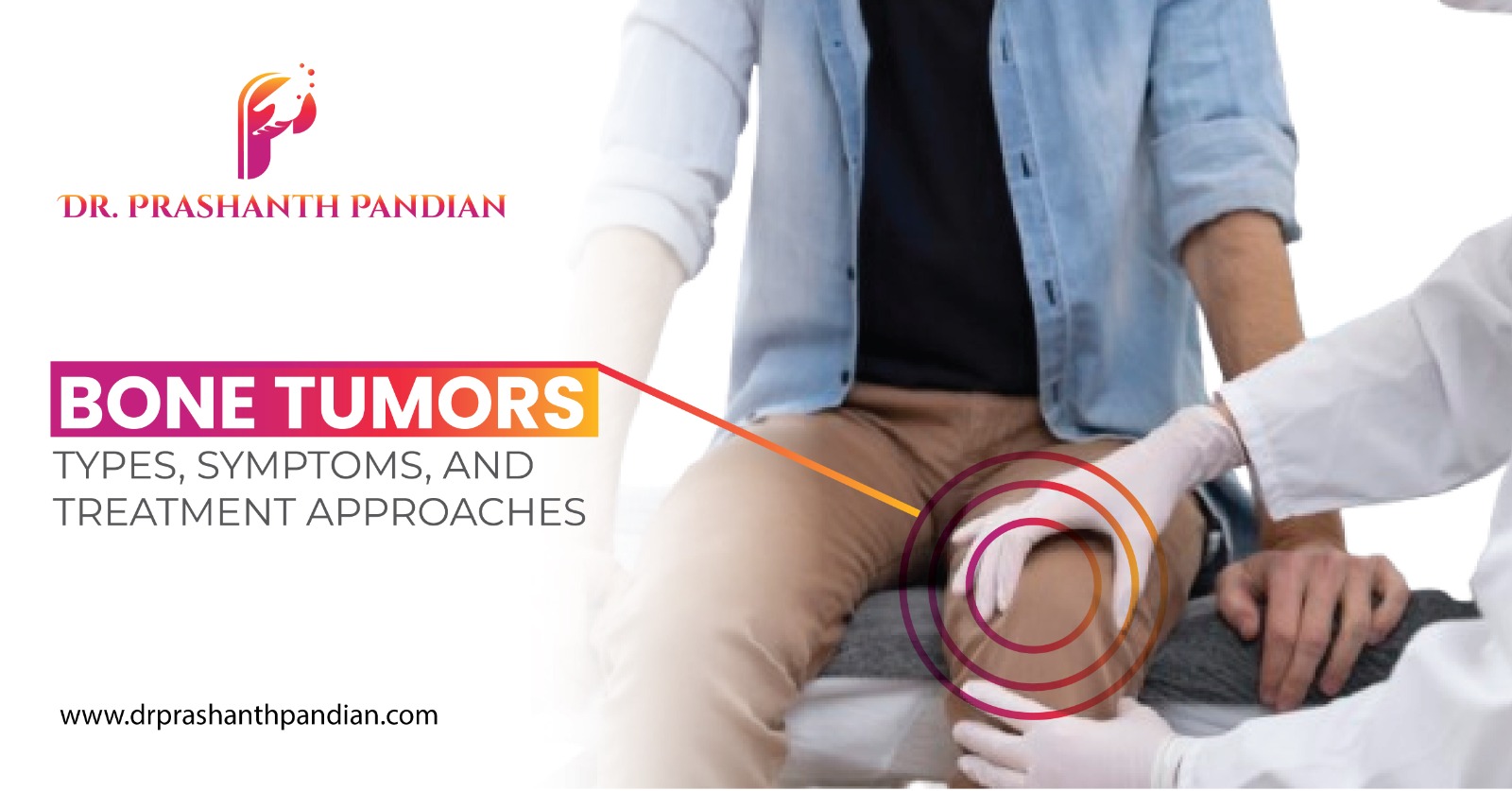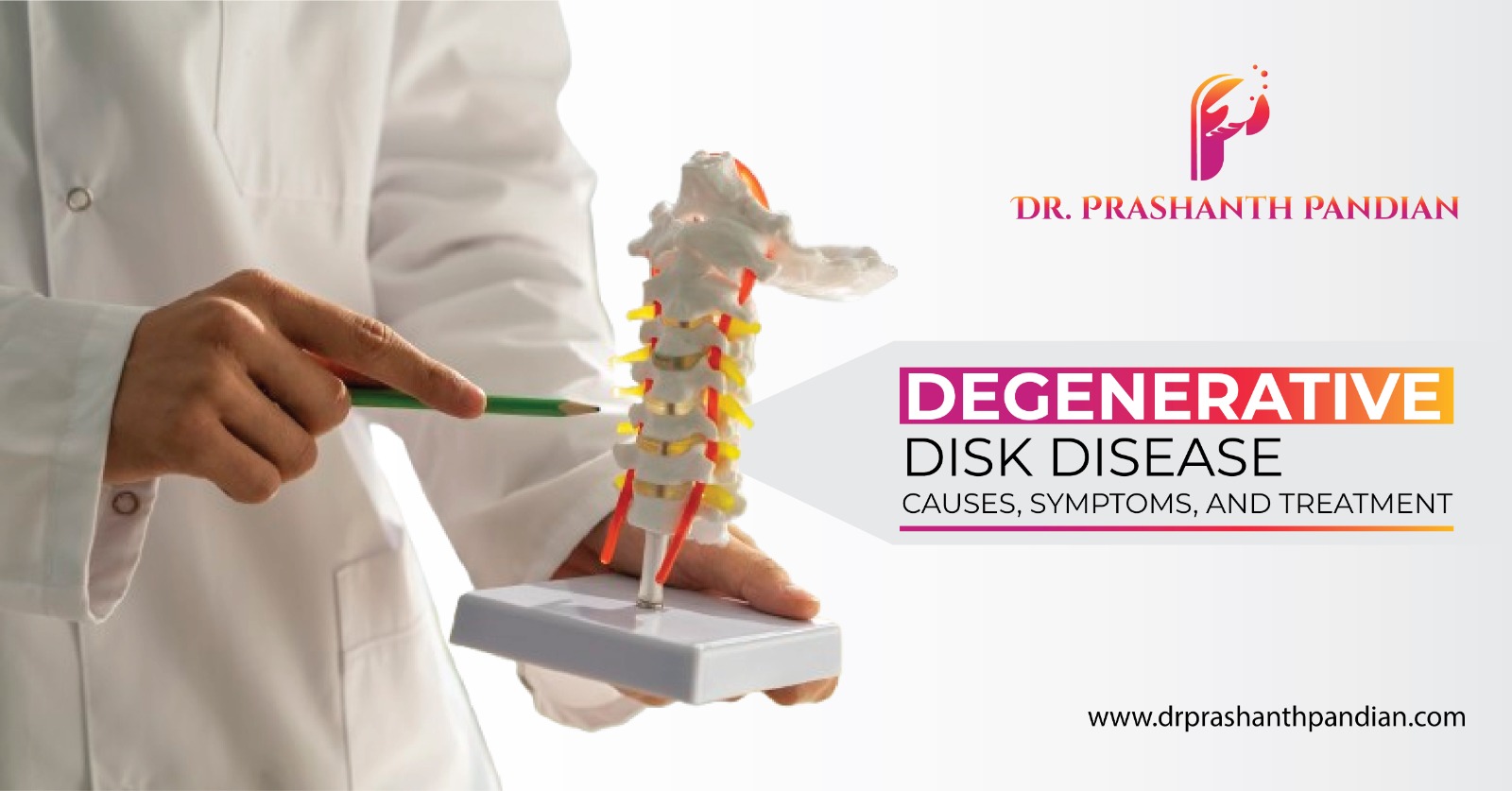Osteoarthritis (OA) is a degenerative joint disease that can significantly impact one’s quality of life, particularly when it affects weight-bearing joints like the knees. This condition, characterized by the gradual breakdown of cartilage and the formation of bone spurs, often results in pain, stiffness, and reduced mobility. Knee osteoarthritis can be a formidable challenge, affecting daily activities such as walking, climbing stairs, and even finding comfortable positions while sitting or lying down. Thankfully, modern medical advancements offer a range of treatment options, both surgical and non-surgical, improving the quality of the patients.
Non-Surgical Treatment Options for Knee Osteoarthritis:
The early stages of osteoarthritis can be managed with wide a range of non-surgical treatment options. These alternatives aim to alleviate pain, improve mobility, and enhance the overall quality of life. Several strategies can be employed, often in combination, to address the symptoms of knee osteoarthritis:
- Medications: Nonsteroidal anti-inflammatory drugs (NSAIDs) such as ACECOFENAC, IBUPROFEN, etc are commonly used to manage pain and reduce inflammation
- Topical Treatments: Creams or ointments, available with prescription, can be applied directly to the skin to provide temporary pain relief.
- Intra-Articular Injections: Medications can be injected into the knee joint to target pain and inflammation.A few are :
- Corticosteroids: Corticosteroid injections, also known as cortisone shots, offer rapid pain relief, but have minimal side effects.
- Hyaluronic acid: Injections of Hyaluronic acid help improve joint fluid for smoother movement over time with almost no side effects.
- Platelet rich plasma: platelet rich plasma is a 100% natural option where a concentrate of patients own blood is injected and gives good pain relief.
- Exercise and Physical Therapy: Strengthening the muscles surrounding the knee joint is crucial. Physical therapy, under the guidance of a professional, can create tailored exercise programs and assess the need for supportive braces or canes. Weight loss, if necessary, is also recommended to alleviate pressure on the knees.
- Nutritional Supplements: Some individuals take supplements like glucosamine, chondroitin, or SAMe for osteoarthritis management. While the effectiveness of these supplements varies, it’s essential to consult with a doctor before starting any new regimen.
Arthroscopic Surgery for Knee Osteoarthritis:
Arthroscopic surgery is a minimally invasive procedure used to address specific issues within the knee joint through a key hole. In this procedure, a camera is inserted through a small incision to visualize the joint’s interior. The surgeon can remove damaged cartilage, flush out debris, and alleviate pain caused by bone or cartilage fragments. Arthroscopic surgery is often a short-term solution and can delay the need for more complex joint replacement surgery.
Recovery from arthroscopic surgery is typically swift, and patients can resume their usual activities within a few days. The procedure is less painful compared to more invasive surgeries, offering short-term relief and improved joint function.
Knee Replacement Surgery for Enduring Relief:
When osteoarthritis symptoms become severe and non-surgical options no longer provide sufficient relief, knee replacement surgery may be the recommended course of action. Indications for knee replacement surgery include severe knee pain that limits daily activities, persistent pain even while resting, chronic inflammation and swelling, and deformities in the leg. If nonsteroidal anti-inflammatory drugs are ineffective or not tolerated, knee replacement surgery becomes a valuable option to restore comfort and mobility.
This transformative surgery involves removing damaged parts of the knee joint and replacing them with artificial components made of metals and polyethilines. There are two types of joint replacement surgeries namely Total knee replacement and Partial knee replacement. Total knee replacement is offered for patient with global diseases, whereas, Partial knee replacement surgeries are offered for patients in whom only one particular part of knee joint is affected. With the advances in technology the results of knee replacements have greatly improved and faster recovery within days are attained.




